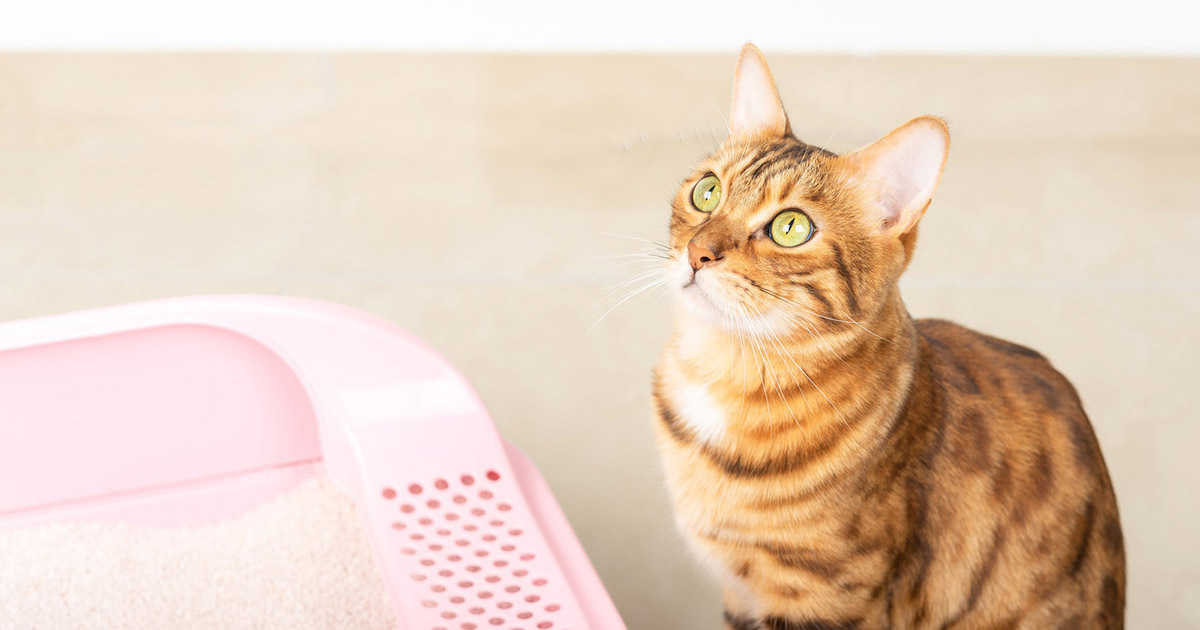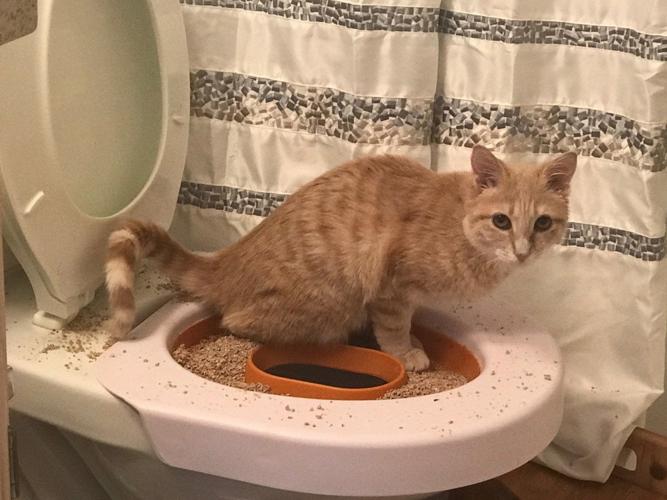Are you interested in resources concerning Don’t flush cat feces down the toilet?

Introduction
As cat proprietors, it's important to bear in mind just how we dispose of our feline friends' waste. While it may appear hassle-free to purge cat poop down the commode, this method can have detrimental repercussions for both the setting and human health and wellness.
Alternatives to Flushing
Thankfully, there are more secure and much more liable ways to get rid of cat poop. Think about the following alternatives:
1. Scoop and Dispose in Trash
The most typical approach of throwing away feline poop is to scoop it into a biodegradable bag and toss it in the garbage. Make sure to use a dedicated clutter scoop and dispose of the waste immediately.
2. Use Biodegradable Litter
Opt for naturally degradable feline litter made from materials such as corn or wheat. These trashes are environmentally friendly and can be securely disposed of in the garbage.
3. Bury in the Yard
If you have a yard, take into consideration burying feline waste in an assigned location far from veggie gardens and water resources. Be sure to dig deep adequate to stop contamination of groundwater.
4. Set Up a Pet Waste Disposal System
Invest in a family pet waste disposal system specifically developed for pet cat waste. These systems make use of enzymes to break down the waste, reducing odor and ecological effect.
Health and wellness Risks
In addition to environmental issues, purging feline waste can likewise present wellness risks to people. Pet cat feces may include Toxoplasma gondii, a parasite that can trigger toxoplasmosis-- a potentially extreme ailment, specifically for expectant females and people with damaged body immune systems.
Environmental Impact
Purging pet cat poop introduces harmful virus and parasites right into the supply of water, posing a considerable threat to marine ecosystems. These impurities can adversely influence marine life and concession water top quality.
Final thought
Liable pet dog possession expands past providing food and shelter-- it also includes appropriate waste monitoring. By avoiding flushing feline poop down the toilet and selecting alternative disposal techniques, we can decrease our ecological impact and shield human health and wellness.
Why Can’t I Flush Cat Poop?
It Spreads a Parasite
Cats are frequently infected with a parasite called toxoplasma gondii. The parasite causes an infection called toxoplasmosis. It is usually harmless to cats. The parasite only uses cat poop as a host for its eggs. Otherwise, the cat’s immune system usually keeps the infection at low enough levels to maintain its own health. But it does not stop the develop of eggs. These eggs are tiny and surprisingly tough. They may survive for a year before they begin to grow. But that’s the problem.
Our wastewater system is not designed to deal with toxoplasmosis eggs. Instead, most eggs will flush from your toilet into sewers and wastewater management plants. After the sewage is treated for many other harmful things in it, it is typically released into local rivers, lakes, or oceans. Here, the toxoplasmosis eggs can find new hosts, including starfish, crabs, otters, and many other wildlife. For many, this is a significant risk to their health. Toxoplasmosis can also end up infecting water sources that are important for agriculture, which means our deer, pigs, and sheep can get infected too.
Is There Risk to Humans?
There can be a risk to human life from flushing cat poop down the toilet. If you do so, the parasites from your cat’s poop can end up in shellfish, game animals, or livestock. If this meat is then served raw or undercooked, the people who eat it can get sick.
In fact, according to the CDC, 40 million people in the United States are infected with toxoplasma gondii. They get it from exposure to infected seafood, or from some kind of cat poop contamination, like drinking from a stream that is contaminated or touching anything that has come into contact with cat poop. That includes just cleaning a cat litter box.
Most people who get infected with these parasites will not develop any symptoms. However, for pregnant women or for those with compromised immune systems, the parasite can cause severe health problems.
How to Handle Cat Poop
The best way to handle cat poop is actually to clean the box more often. The eggs that the parasite sheds will not become active until one to five days after the cat poops. That means that if you clean daily, you’re much less likely to come into direct contact with infectious eggs.
That said, always dispose of cat poop in the garbage and not down the toilet. Wash your hands before and after you clean the litter box, and bring the bag of poop right outside to your garbage bins.
https://trenchlesssolutionsusa.com/why-cant-i-flush-cat-poop/

Do you like reading up on Don’t flush cat feces down the toilet? Create feedback below. We would be pleased to find out your suggestions about this page. We are looking forward to see you back again later on. Liked our blog? Please share it. Help another person check it out. Thanks for taking the time to read it.
Schedule Now